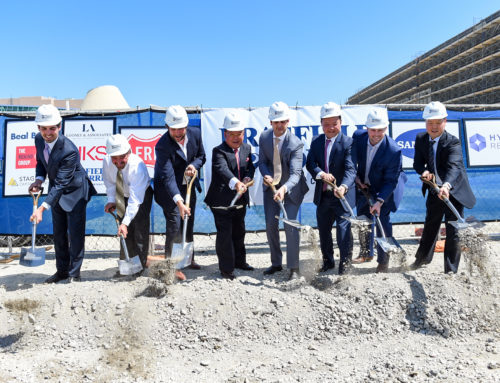The current situation of the EB-5 Program is hot topic of conversation as usual going into February. The current expiration date of the EB-5 Regional Center Pilot Program (the “Regional Center Program”) is February 8, 2018 unless Congress extends the program as-is with no reform. Currently the Regional Center Program has been extended by Congress multiple times through Continuing Resolutions for the past several years as the reform conversation lagged due to varied political and lobbying interests. The Continuing Resolutions are stop-gap funding measures that keep the US Government open and operational until Congress can pass a unified federal budget for the remainder of the 2016, then 2017, and finally the 2018 government fiscal year, which runs from October 1 through September 30.
Right now there are two paths to reform that will drastically affect the entire EB-5 Program. The two methods are (i) Congressional Reform and Reauthorization, and (ii) USCIS and DHS rule making process, which allows the USCIS and DHS to implement new rules to internally modify and reform the EB-5 Program if Congress cannot effectively act to pass reform legislation. As it stands, both pathways to reform of the EB-5 Program are not favorable to the industry and EB-5 investors. Ultimately some industry people suggest reform will happen in the next 60 days either by Congress or the USCIS and DHS through their rule making process. I think oppositely that we will continue to see short extensions coinciding with the continuing resolutions to fund the US Government until a unified budget is approved. Congress must all clear its plate from other higher priority legislation matters such as DACA, before it can effectively tackle EB-5 Program reform. In summary, change could happen in the EB-5 Program in the next 60 days, but the chances of that happening are unlikely for a long-term reform and reauthorization of the EB-5 Program. Below is a summary of the EB-5 Program as it stands today, and what each pathway to reform will bring in changes.
EB-5 Program Summary As-Is January 2018
Investment Amount
- $500,000 USD investment in high unemployment areas or rural areas designated as Targeted Employment Areas (“TEA”).
- $1,000,000 USD investment in any area that does not qualify as rural or a high unemployment area TEA.
Targeted Employment Area Designation Process
- Currently managed by states, and counties and mayors in some states.
- Allowed to aggregate multiple sub geographies together to create TEA across wide regions.
- 3,000 Visas are set aside for the Regional Center Pilot Program Annually.
The following table provides a summary of the proposed changes by Congress or through USCIS and DHS proposed rulemaking that will directly affect EB-5 investors in the future.
| Legislative Reform | Regulatory Reform (Rule Making Process) |
TEA and Non-TEA Investment Amounts
|
TEA and Non-TEA Investment Amounts
|
St Aside EB-5 Visas of about 10,000 total.
|
Set Aside % of Total EB-5 Visas
|
Distressed Urban TEA Definition
|
Distressed Urban TEA Definition
|
Effective Dates
Other Reforms
|
Effective Dates
Other Reforms
|

